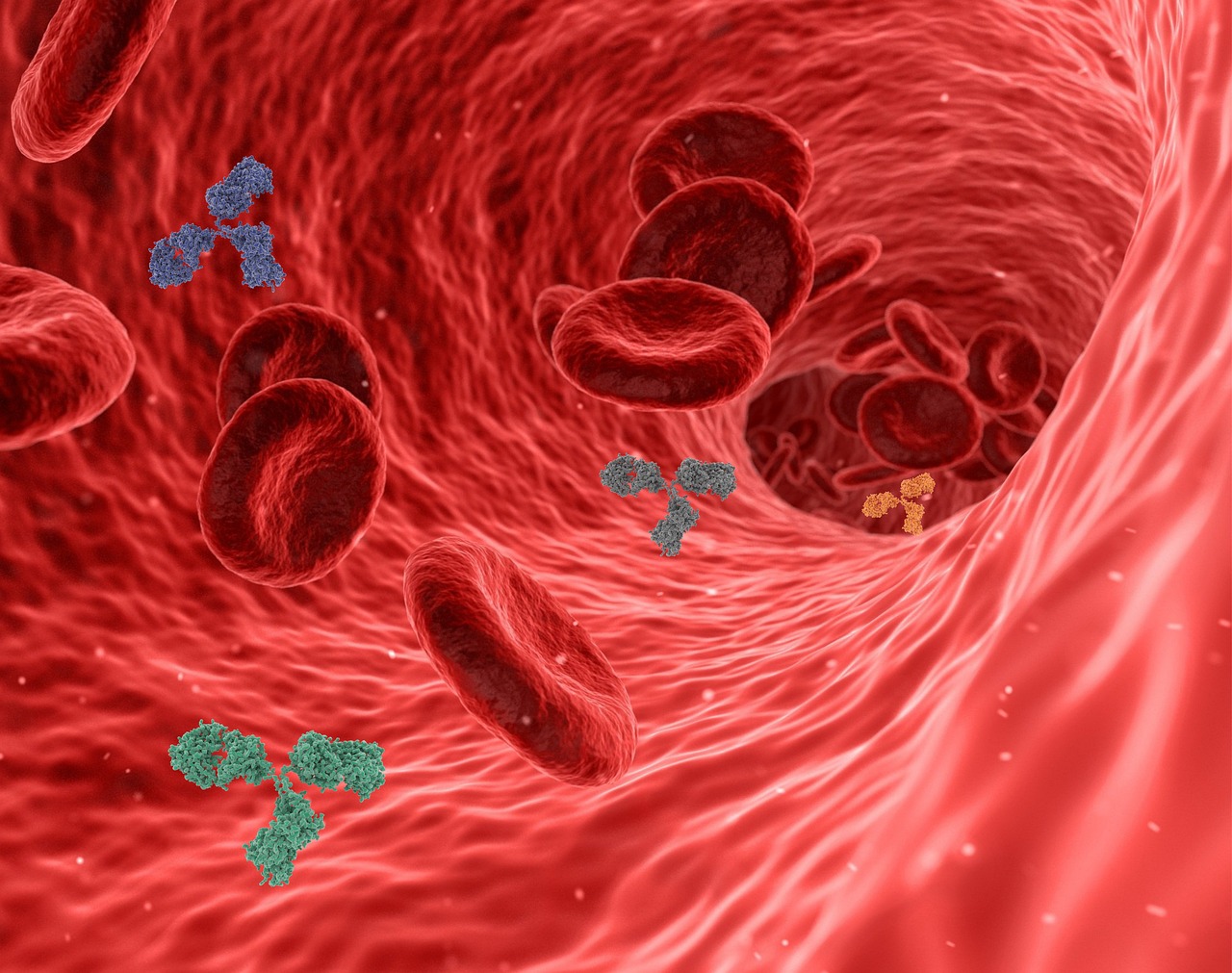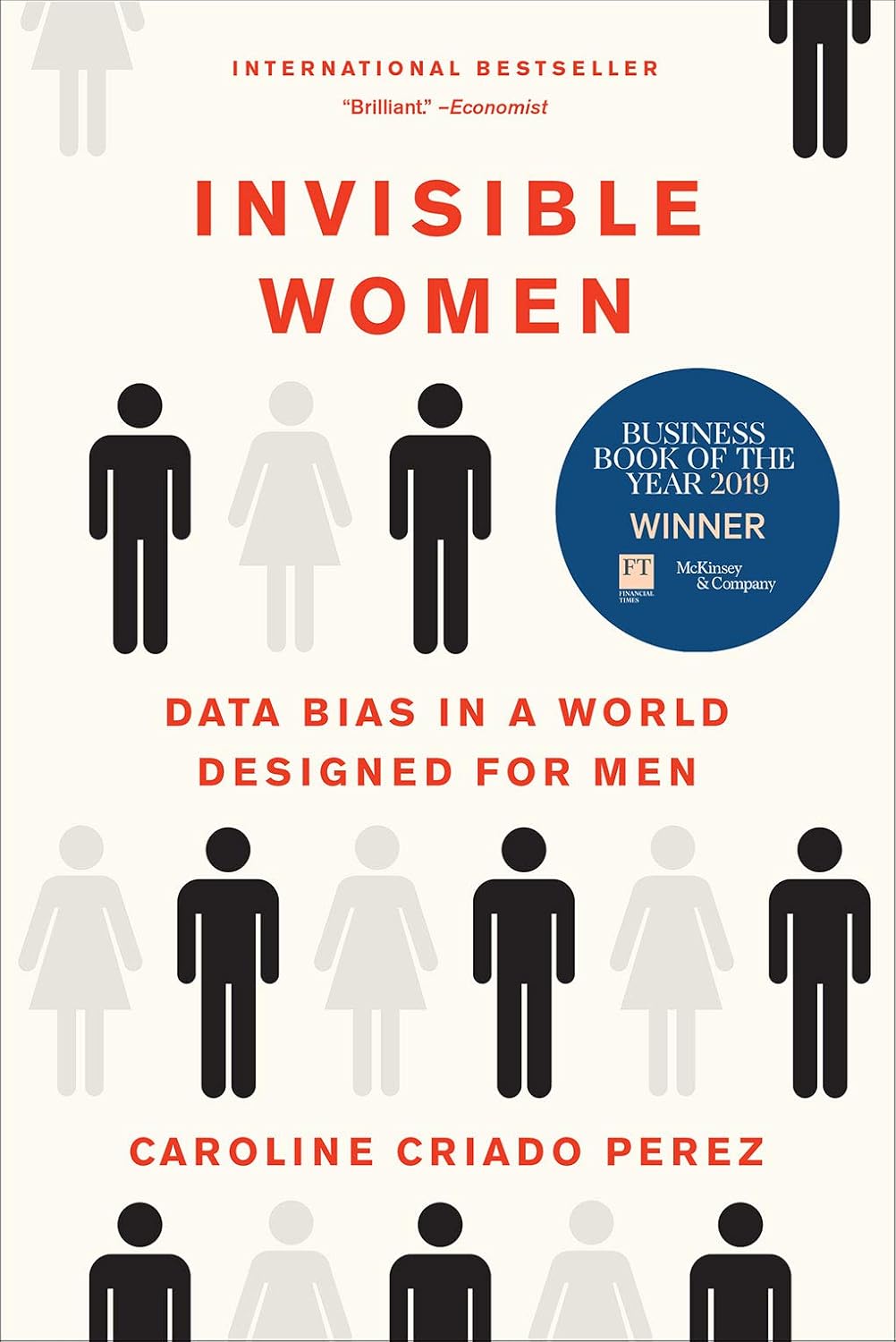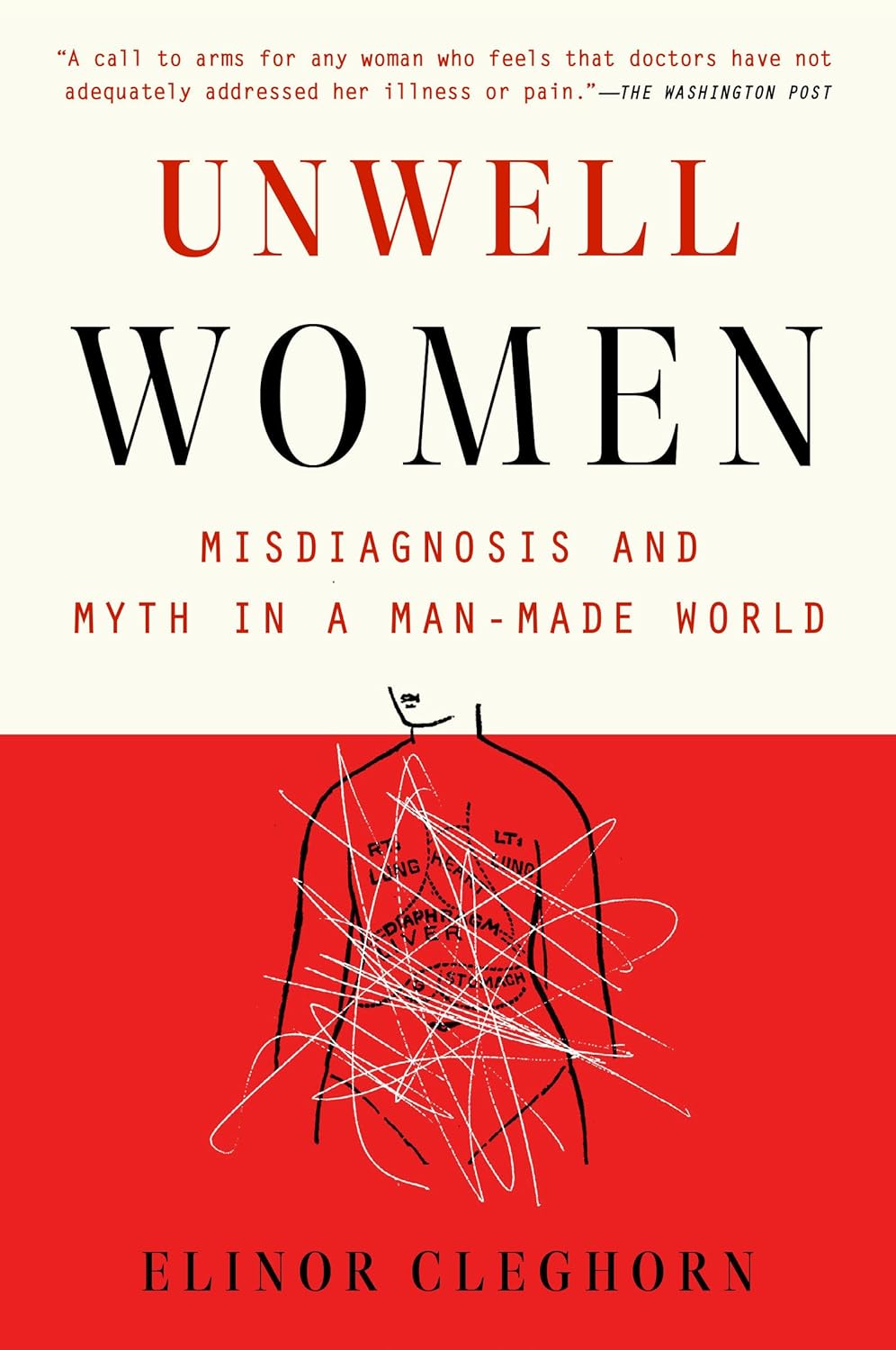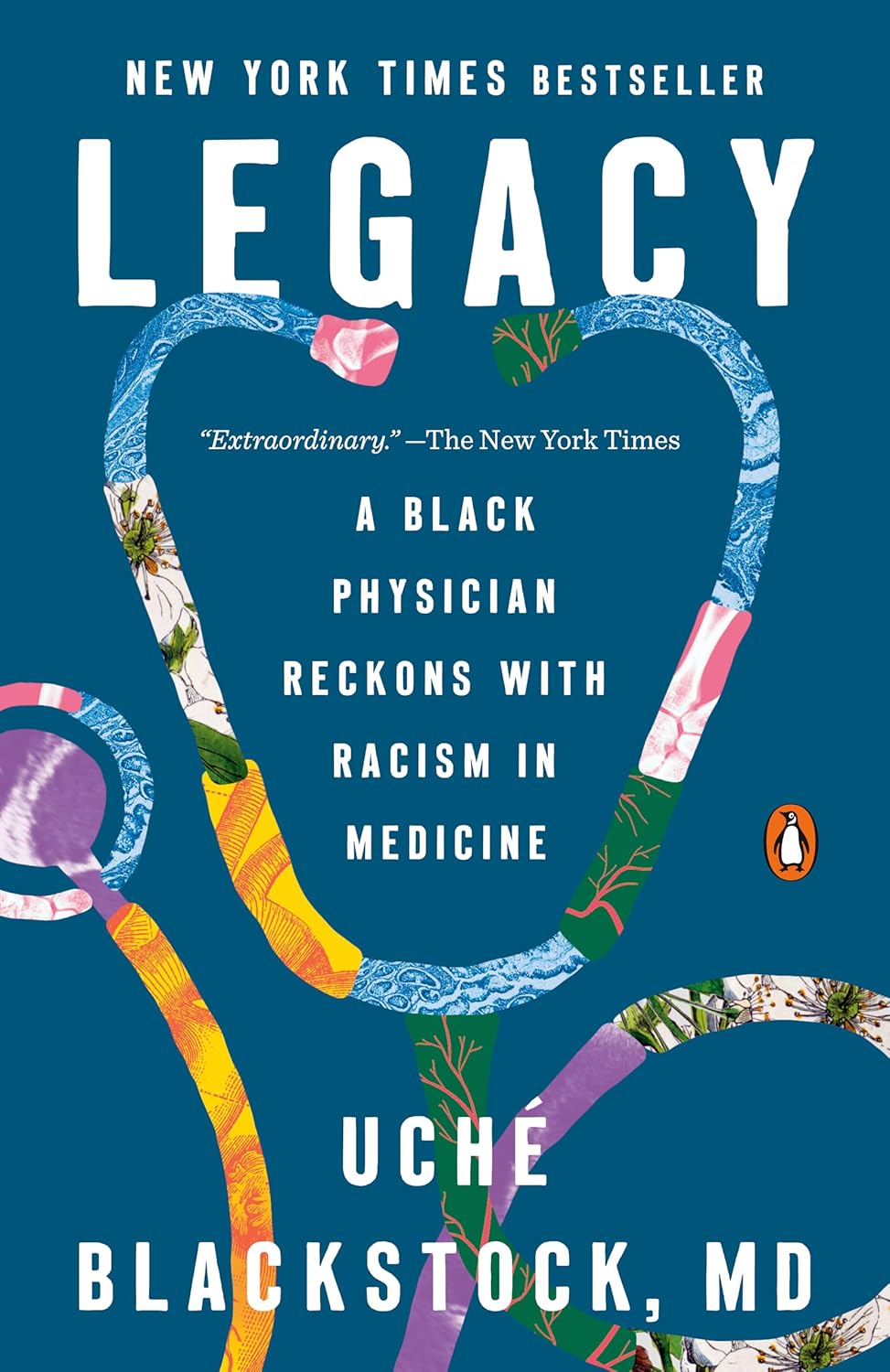For generations, women have been dismissed, doubted, and misdiagnosed in medical settings. Complaints of pain are often minimized. Diagnoses take years — if they happen at all. From endometriosis to heart disease, countless women have heard phrases like “It’s all in your head” or “You’re just stressed.”
Medical neglect in women isn’t a rare occurrence. It’s a systemic issue rooted in bias, outdated science, and a lack of listening.
- Conditions Most Commonly Overlooked
- Pain Bias & Dismissal
- Reproductive & Maternal Health Negligence
- Structural & Systemic Issues
- Further Reading: Books That Reveal Medical Bias Against Women
Conditions Most Commonly Overlooked
Endometriosis

Endometriosis is a chronic gynecological condition where tissue similar to the uterine lining grows outside the uterus, causing severe pain, inflammation, and potential infertility. Despite affecting approximately 10% of women of reproductive age worldwide, it remains one of the most underdiagnosed and misunderstood conditions in women’s health.
On average, women experience a diagnostic delay of 7 to 12 years, often being misdiagnosed with other physical or mental health issues before receiving an accurate diagnosis. [1] [2]
This prolonged delay is attributed to a lack of awareness among healthcare professionals, societal stigmas surrounding menstruation, and systemic gender biases in medical research and practice. Many women report feeling dismissed or not taken seriously when presenting their symptoms, leading to feelings of frustration and helplessness. [3]
The consequences of this neglect are profound, impacting women’s physical health, mental well-being, and quality of life.
PCOS
Polycystic Ovary Syndrome (PCOS) is a prevalent endocrine disorder affecting an estimated 6–13% of reproductive-aged women worldwide. Despite its commonality, up to 70% of affected women remain undiagnosed, often due to the complexity of symptoms and lack of awareness among healthcare providers. [4]
Women with PCOS frequently report delays in diagnosis and dissatisfaction with medical care. A study in the UK highlighted that women often experience a delay in diagnosis and a lack of trust towards their primary care providers. This delay can lead to prolonged suffering and increased risk of associated health issues. [5] [6]
The underdiagnosis of PCOS is further complicated by societal and medical biases. For instance, lean women with PCOS often face delays in diagnosis due to the predominant association of the condition with overweight and obesity. Additionally, limited awareness regarding reproductive health can delay the diagnosis of PCOS, with patients often relying on unregulated channels such as social media for information. [7]
Autoimmune diseases. Lupus and Fibromyalgia
Lupus
Lupus is a chronic autoimmune disease where the immune system attacks healthy tissues, leading to inflammation and damage in various parts of the body. It predominantly affects women, with females being nine times more likely to develop it than males, typically between the ages of 15 and 45. [8]
Diagnosing lupus can be challenging due to its wide range of symptoms, which often mimic other conditions. Early signs include fatigue, joint pain, and rashes, which are frequently mistaken for other ailments, leading to delays in diagnosis and treatment.

Fibromyalgia
Fibromyalgia is a chronic condition characterized by widespread musculoskeletal pain, fatigue, sleep disturbances, and cognitive difficulties. It affects approximately 4 million adults in the U.S., with a higher prevalence in women. [9]
Recent research suggests that fibromyalgia may have an autoimmune component. A study led by King’s College London, in collaboration with the University of Liverpool and the Karolinska Institute, found that antibodies from fibromyalgia patients can increase the activity of pain-sensing nerves, indicating that the condition may be a disease of the immune system. [10]
Overlap and Challenges
Lupus and fibromyalgia can co-occur, complicating diagnosis and management. Studies have shown that individuals with lupus are at a higher risk of developing fibromyalgia, which can exacerbate fatigue and pain symptoms. [11]
The overlapping symptoms of these conditions often lead to misdiagnosis or delayed diagnosis, particularly in women. This underscores the need for increased awareness and education among healthcare providers to ensure timely and accurate diagnosis and treatment.
Heart Disease in Women: Misdiagnosis and the Cost of Being Dismissed
Heart disease is the leading cause of death among women, yet their symptoms are frequently misinterpreted or dismissed, often as anxiety, stress, or indigestion. This misdiagnosis can lead to delayed treatment and increased mortality.
Atypical Symptoms and Diagnostic Challenges
Unlike the classic chest pain associated with heart attacks in men, women often experience subtler symptoms such as nausea, shortness of breath, fatigue, jaw or neck pain, and feelings of anxiety. These symptoms are frequently misattributed to less severe conditions.
A study by the University of Leeds found that women are 50% more likely than men to receive an incorrect initial diagnosis after a heart attack. [12]
Real-Life Consequences
The implications of misdiagnosis are profound. For instance, Heather Bardeleben experienced chest pain that was repeatedly labeled as heartburn or anxiety, leading to two heart attacks and six cardiac arrests. [13]
Similarly, Mary McFarland’s textbook heart attack symptoms were dismissed as a panic attack, nearly costing her life. [14]
Systemic Bias and the Yentl Syndrome
This pattern of misdiagnosis is part of a broader issue known as the “Yentl Syndrome,” where women are underdiagnosed and undertreated for heart disease compared to men. This disparity stems from historical biases in medical research and a lack of awareness about how heart disease presents in women. [15]
ADHD in Women: The Hidden Struggle Behind Gender Bias
Attention Deficit Hyperactivity Disorder (ADHD) has long been stereotyped as a condition affecting hyperactive young boys. This misconception has led to a significant underdiagnosis of ADHD in women, whose symptoms often manifest differently and are frequently overlooked or misattributed. [16]
Distinct Symptom Presentation
Women with ADHD often exhibit inattentive symptoms such as disorganization, forgetfulness, and difficulty focusing. These manifestations are less disruptive than the hyperactive behaviors commonly seen in males, making them harder to recognize. Additionally, women may internalize their symptoms, leading to chronic stress, low self-esteem, and feelings of inadequacy. Such internal struggles are frequently misdiagnosed as anxiety or depression, delaying appropriate treatment.
Outdated Diagnostic Criteria
The diagnostic frameworks for ADHD were primarily developed based on studies of young boys, emphasizing externalized behaviors like hyperactivity and impulsivity. This male-centric model fails to capture the nuanced ways ADHD presents in females, contributing to misdiagnosis and underdiagnosis. [17] [18]
Societal Expectations and Masking
Societal norms often pressure women to be organized, attentive, and emotionally regulated. To meet these expectations, many women with ADHD develop coping mechanisms that mask their symptoms, such as overcompensating with meticulous planning or suppressing impulsive behaviors.
While these strategies may help them function daily, they also contribute to the invisibility of their struggles, making it less likely for them to seek or receive a proper diagnosis.
Consequences of Misdiagnosis
The failure to accurately diagnose ADHD in women can lead to a cascade of negative outcomes, including chronic mental health issues, strained relationships, and diminished quality of life.
Without appropriate intervention, these women may continue to struggle silently, believing their challenges are personal failings rather than symptoms of a neurodevelopmental disorder.
Pain Bias & Dismissal
Not Being Believed About the Severity of Pain
Women across the world consistently report one disturbing commonality in healthcare: they are often not believed when they say they are in pain. Research has shown that women’s pain is more likely to be dismissed, downplayed, or attributed to emotional or psychological causes.
This phenomenon — sometimes called the “gender pain gap” — is a direct result of long-standing biases in medicine that associate women’s pain with exaggeration or emotional instability rather than legitimate medical concern. [19]
In emergency rooms, for instance, studies have shown that women wait significantly longer than men to receive pain medication, and when they do, it is often less potent. Women with chronic conditions such as endometriosis, fibromyalgia, or autoimmune disorders are frequently told they’re “just stressed” or “overreacting,” even when their pain is debilitating.
IUD Insertion
One glaring example is the insertion of intrauterine devices (IUDs). Despite being a highly painful procedure for many, pain relief is rarely offered.
Numerous women report being told to “just take some ibuprofen” before their appointment, while others receive no preparation or warning at all.
Studies have confirmed that women are frequently not offered anesthesia or numbing agents, even though similar procedures performed on men (such as vasectomies) routinely involve local anesthesia or sedation. [20]
Childbirth and Labor
In labor, too, women’s pain is not always taken seriously. Though some women request pain relief during childbirth, they may be denied epidurals or left waiting long periods before receiving assistance.
In some cases, especially for women of color, pain reports during labor have been dismissed or ignored, contributing to alarming disparities in maternal outcomes. [21]
Surgical Procedures Without Anesthesia
Shocking reports have emerged in recent years of women undergoing procedures like episiotomies or cesarean sections without proper anesthesia.
Others report being insufficiently sedated for surgeries involving their reproductive organs, such as endometrial biopsies or hysteroscopies, despite the known pain involved.
This reflects a medical culture that minimizes women’s pain, especially in gynecological settings. [22]
Greater Disparities in Pain Management for Black and Brown Women
Women of color, particularly Black and Brown women, face even more severe disparities in pain recognition and management within healthcare systems. These disparities are fueled by a combination of racial bias, stereotypes, and systemic inequities that lead to their pain being minimized, ignored, or attributed to psychological causes more often than for white women.
A landmark study published in the Proceedings of the National Academy of Sciences revealed that many medical trainees endorsed inaccurate beliefs about biological differences between Black and white patients, leading to poorer pain assessment and treatment recommendations for Black patients. [23]
Other studies have found that Black patients are 22% less likely to receive opioid pain relievers compared to white patients, even when presenting with similar levels of pain. [24]
Reproductive & Maternal Health Negligence

Dismissal during pregnancy complications
Many women report that their symptoms are often dismissed or minimized by healthcare providers, who sometimes attribute their concerns to normal pregnancy discomforts or anxiety. This dismissal can lead to delayed diagnosis and treatment, increasing the risk of severe health consequences for both mother and baby.
Preeclampsia, characterized by high blood pressure and organ dysfunction, can develop rapidly and requires immediate intervention. When symptoms like severe headaches, vision changes, or swelling are not taken seriously, it can lead to dangerous outcomes, including seizures, organ damage, or even death. [25]
Similarly, placental complications such as placental abruption or previa, which may present with bleeding or pain, need timely diagnosis to prevent fetal distress or maternal hemorrhage. [26]
Lack of Informed Consent for Procedures Like Hysterectomy or Sterilization
Numerous documented cases reveal that women, especially those who are young, have disabilities, or come from marginalized communities, have been sterilized without their knowledge or full consent. A 2021 investigation by the U.S. Department of Homeland Security found multiple reports of immigrant women being subjected to hysterectomies in detention centers without proper informed consent, prompting widespread public and legal concern. [27]
A study published in Health and Human Rights Journal highlights the global prevalence of non-consensual sterilizations, noting that coercion often occurs in settings where women are perceived as less capable of making their own reproductive decisions. These include women with mental health conditions, disabilities, or those living in poverty. [28]
Mismanagement of Menopause – Symptoms Being Ignored or Misdiagnosed
Despite affecting every woman, menopause remains one of the most underrecognized and poorly managed phases of women’s health. Symptoms like hot flashes, brain fog, mood swings, insomnia, and joint pain are frequently dismissed or misattributed to stress, depression, or aging, leading to delays in effective treatment.
Many healthcare providers lack adequate training in menopause care, which contributes to the frequent misdiagnosis or under-treatment of perimenopausal and menopausal symptoms.
As a result, women are often prescribed antidepressants or sleep aids instead of being assessed for hormonal changes or offered evidence-based menopause support.
This clinical oversight not only worsens quality of life during midlife but also increases the risk of long-term health conditions such as osteoporosis, cardiovascular disease, and depression when menopause is not properly addressed. [29]
Structural & Systemic Issues
Lack of research on women’s health conditions
Women’s health has long been underrepresented in medical research, leading to significant gaps in diagnosis, treatment, and care. Historically, women were excluded from clinical trials until the early 1990s, meaning that much of our foundational medical knowledge is based on male physiology. [30]
Even today, conditions that disproportionately or exclusively affect women, such as endometriosis, fibromyalgia, polycystic ovary syndrome (PCOS), and autoimmune disorders, receive significantly less funding and scientific attention compared to diseases with similar prevalence in men.
This lack of research contributes directly to the delayed diagnoses and inadequate treatment options many women face. For example, despite affecting 1 in 10 women, endometriosis remains underdiagnosed and underfunded, with an average diagnostic delay of 7–10 years.
Bias in Medical Education and Training
Gender bias is deeply embedded in medical education, shaping how future healthcare professionals understand, diagnose, and treat women. Medical curricula often rely on male bodies as the “default,” meaning many physicians graduate with limited understanding of how common conditions present differently in women. [31]
For instance, symptoms of heart disease in women, such as fatigue, shortness of breath, or nausea, are frequently overlooked because textbooks and training focus on “classic” male symptoms like chest pain. [32]
Additionally, many women’s health conditions—such as endometriosis, PCOS, and chronic pelvic pain—are briefly covered or completely omitted from medical school syllabi, leaving doctors unprepared to recognize or treat them effectively. [33]
Gendered Language That Downplays Symptoms
Subtle but damaging language often shapes how women’s health concerns are perceived and treated. Phrases like “she’s just sensitive,” “high-strung,” or “emotional” reflect long-standing gender stereotypes that can cause providers to dismiss legitimate symptoms as exaggerated or imagined. [34]
Another common phrase—“women tolerate pain better”—may sound complimentary, but often serves to justify under-treatment, particularly in situations like labor, IUD insertions, or post-operative care.
This kind of language doesn’t just affect bedside manner—it directly impacts care. When women are described as “dramatic” or “anxious” in clinical notes, it biases future providers, potentially influencing how seriously their symptoms are taken over time.
These labels contribute to the cycle of misdiagnosis, delayed treatment, and emotional harm that many women face when seeking medical support.
Further Reading: Books That Reveal Medical Bias Against Women
If you’re looking to understand the deeper roots of why women are so often dismissed, misdiagnosed, or inadequately treated by the healthcare system, these books offer powerful insight.
Invisible Women: Data Bias in a World Designed for Men

1 International Bestseller * Winner of the Financial Times and McKinsey Business Book of the Year Award * Winner of the Royal Society Science Book Prize
Unwell Women: Misdiagnosis and Myth in a Man-Made World

A trailblazing, conversation-starting history of women’s health—from the earliest medical ideas about women’s illnesses to hormones and autoimmune diseases—brought together in a fascinating sweeping narrative.
Legacy: A Black Physician Reckons with Racism in Medicine

“This book is more than a memoir—it also serves as a call to action to create a more equitable healthcare system for patients of color, particularly Black women.” —Essence

